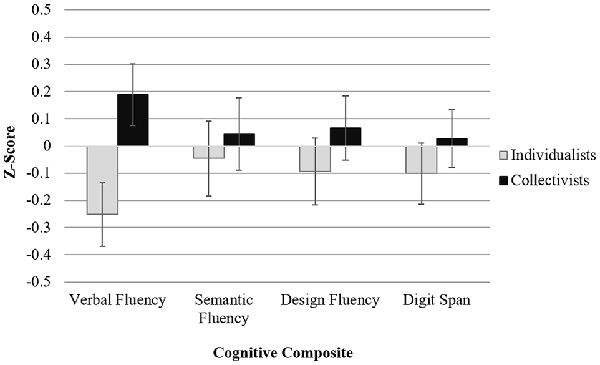

11) Regardless, investigation is required to identify whether it is sufficient to only administer WM measures of a single modality. Routinely measuring both forms of WM is not recommended since they are strongly inter-correlated and functionally similar. Auditory and visual WM tests were included separately in Wechsler Adult Intelligence Scale-IV (WAIS-IV) 9) and Wechsler Memory Scale-IV (WMS-IV) 10). Furthermore, recent versions of Wechsler Scales 9, 10) have placed greater emphasis on WM components than their predecessors. Clinicians frequently use psychometric tools such as WM subtests of Wechsler Intelligence or Memory Scales to measure WM capacity. In general, WM tests require the subjects to manipulate the given auditory or visual information all the while maintaining them. However, the subsystems are not perfectly independent and are controlled by the central executive, a domain-general system. Each subsystem has separate and independent capacity-limited storage for temporal retention of verbal or visual-spatial information. Domain-specific systems were divided into phonological loop and visual-spatial sketchpad according to modalities of information and thus is often called as modality-specific systems. WM model proposed by Baddeley 6– 8) is one of the most influential WM models and consists of two domain-specific systems and a domain-general system. Deficits in WM are reported in many psychiatric diseases as WM is deeply related to clinical symptoms, other complex cognitive functions, and activities of daily living. 1) From a clinical perspective, WM is fairly important. Working memory (WM) is a cognitive system that allows for transient storage and manipulation of given information. Keywords: Modality-specific working memory, WAIS-IV, WMS-IV Our study supports a modality model of WM, or the existence of modality-specific WM systems, and thus poses a clinical significance of assessing both auditory and visual WM tests. ResultsĬFA results demonstrated that a two factor model fits the data better than one-factor model as expected. Confirmatory factor analysis (CFA) was used to observe whether WM measures fit better to a one-factor or two-factor model. WM subtests of Korean version of Wechsler Adult Intelligence Scale-IV and Korean version of Wechsler Memory Scale-IV were administered to assess WM. MethodsĪ total of 115 patients were diagnosed on the basis of DSM-IV diagnostic criteria and with MINI-Plus 5.0, a structured diagnostic interview. To do this, we administered the most recent and universal clinical WM measures in a mixed psychiatric sample. This study was to identify whether working memory (WM) can be clearly subdivided according to auditory and visual modality.


 0 kommentar(er)
0 kommentar(er)
